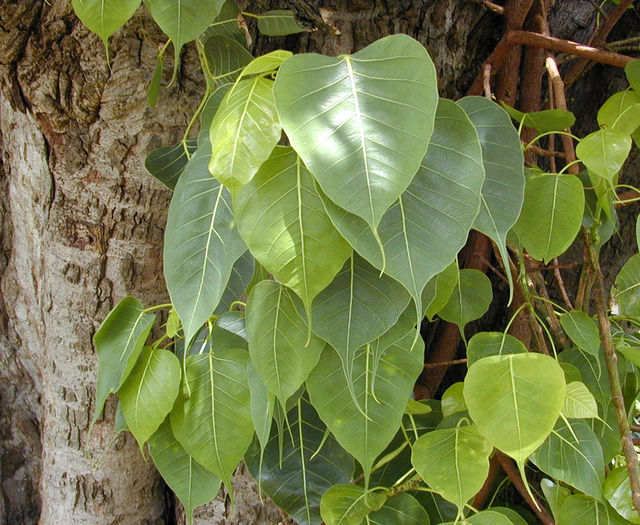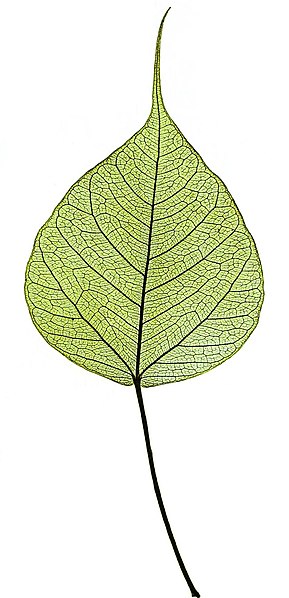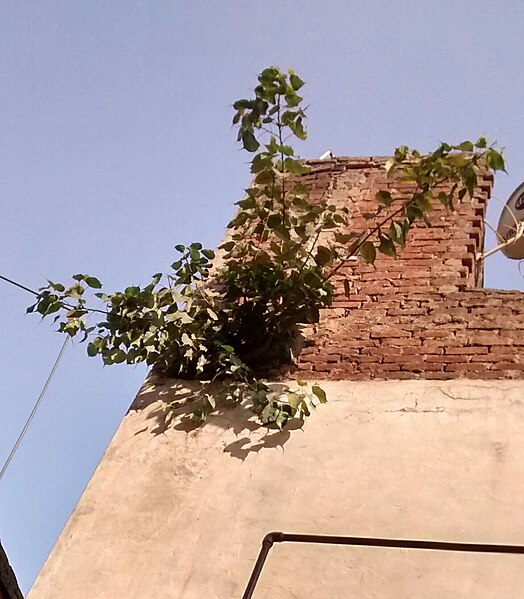The Bharat Ratna is the highest civilian award of the Republic of India. Instituted on 2 January 1954, the award is conferred in recognition of "exceptional service/performance of the highest order", without distinction of race, occupation, position or gender. The award was originally limited to achievements in the arts, literature, science, and public services, but the Government of India expanded the criteria to include "any field of human endeavor" in December 2011. The recommendations for the award are made by the Prime Minister to the President. The recipients receive a Sanad (certificate) signed by the President and a peepal leaf-shaped medallion with no monetary grant associated with the award. Bharat Ratna recipients rank seventh in the Indian order of precedence.
Bharat Ratna medal
In 1992, a press release was published to confer the award posthumously on Subhas Chandra Bose, which was later cancelled post the order of the Supreme Court in 1997
Dhyan Chand at the 1936 Summer Olympics. Widely regarded as the greatest hockey player of all time, Chand has not been conferred the Bharat Ratna
Image: Chakravarthi Rajagopalachari
Ficus religiosa or sacred fig is a species of fig native to the Indian subcontinent and Indochina that belongs to Moraceae, the fig or mulberry family. It is also known as the bodhi tree, peepul tree, peepal tree, pipala tree or ashvattha tree. The sacred fig is considered to have a religious significance in four major religions that originated on the Indian subcontinent: Hinduism, Buddhism, Sikhism and Jainism. Hindu and Jain ascetics consider the species to be sacred and often meditate under it. Gautama Buddha is believed to have attained enlightenment under a tree of this species. The sacred fig is the state tree of the Indian states of Odisha, Bihar and Haryana.
Ficus religiosa
Nature printed leaf, showing shape and venation
Flooded Ficus religiosa trunk in the muddy water of the Mekong, in Laos.
A young tree growing on a concrete wall in Delhi. It is tolerant to wide variety of soils, and hence it even thrives on concrete walls having little moisture.








